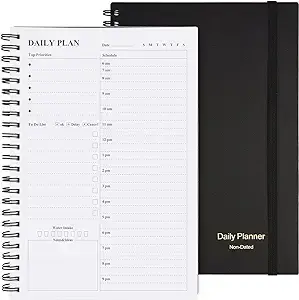Embrace Productivity with the Timeless Ivy Lee Method
To enhance productivity effectively, seek wisdom from those who exemplify it. While modern financial blogs often feature interviews with CEOs discussing their daily routines, their insights may lack practicality for the average individual. Many of these leaders tout meditation and the art of ignoring emails as pivotal to their achievements—advice that can feel unattainable. For a more relatable approach, consider exploring historical figures. Ivy Lee, a progenitor of modern public relations, devised a productivity strategy that has endured for a century and continues to inspire. Here’s a guide on how to implement his approach.
Understanding the Ivy Lee Method
The aspiration to create something remarkable enough to leave a legacy is shared by many. However, practical, day-to-day productivity should take precedence. Ivy Lee managed both aspirations with grace. He formulated his method in the 1920s, aiming to enhance efficiency in large corporations. The essence of this technique lies in crafting concise, prioritized task lists and diligently following them through to completion.
Utilizing the Ivy Lee Method
This technique is refreshingly uncomplicated. At the close of each workday, jot down six tasks designated for completion the following day (on a Friday, list tasks for Monday, keeping in mind that weekend breaks are essential for productivity as well). Limit yourself to six tasks to avoid an overwhelming list; rely on your judgment to select the most critical items for the day ahead. Once you have your list, prioritize these tasks. You may choose any method, but employing a technique like the Eisenhower Matrix can help you identify what is urgent and important.
Writing the list by hand can enhance your retention. While digital notes are a viable option, handwriting solidifies memory more effectively, so consider utilizing a classic planner, such as this one:
The following day, begin tackling your list, starting with the first item on your agenda. Focus entirely on this task until completion before moving on to the next. Continue this process until the workday wraps up, enabling yourself to engage in deep work by concentrating on one task at a time. If any tasks remain unfinished at the close of the day, transfer them to the next day’s list and add new tasks until you reach the limit of six.
What do you think so far?
This task rollover strategy helps ensure completion without creating a sense of panic. Yet, it’s crucial to maintain granularity in your tasks. Rather than listing a broad item like “prepare end-of-quarter report”, dissect it into manageable steps: for instance, “retrieve and analyze data” and “populate presentation.” Each should constitute its own task.
The methodology can be executed in a planner, a digital application, or a calendar. The primary elements of this approach include limiting task quantity, prioritizing effectively, and diligently following through on open tasks. Whenever rolling over unfinished work, prioritize it above new assignments to ensure all tasks receive due attention.













